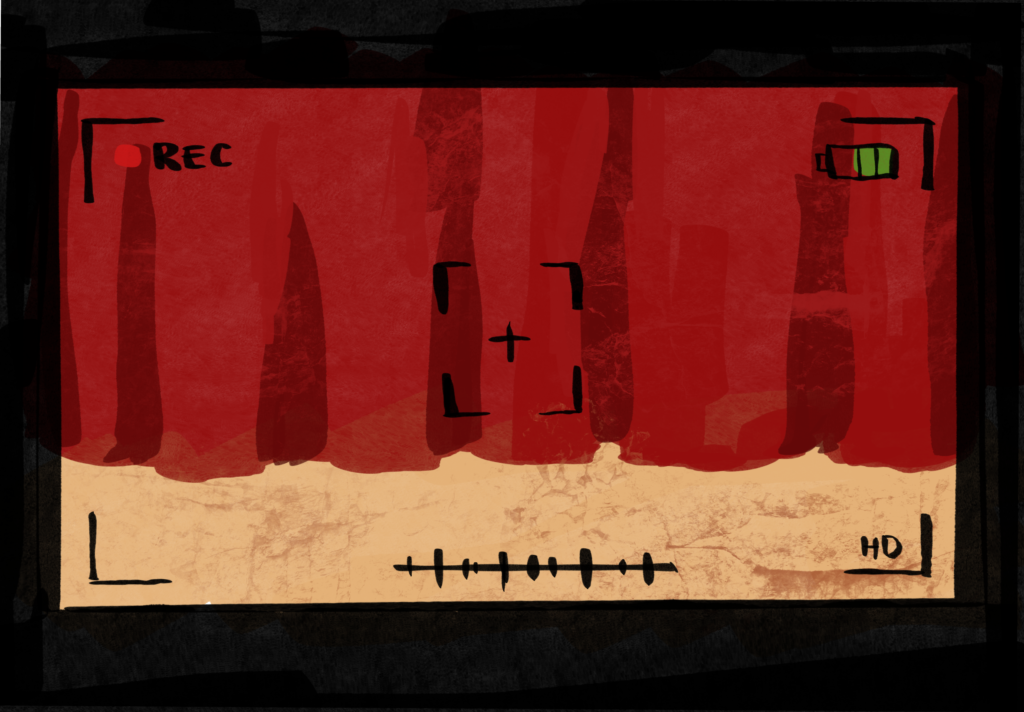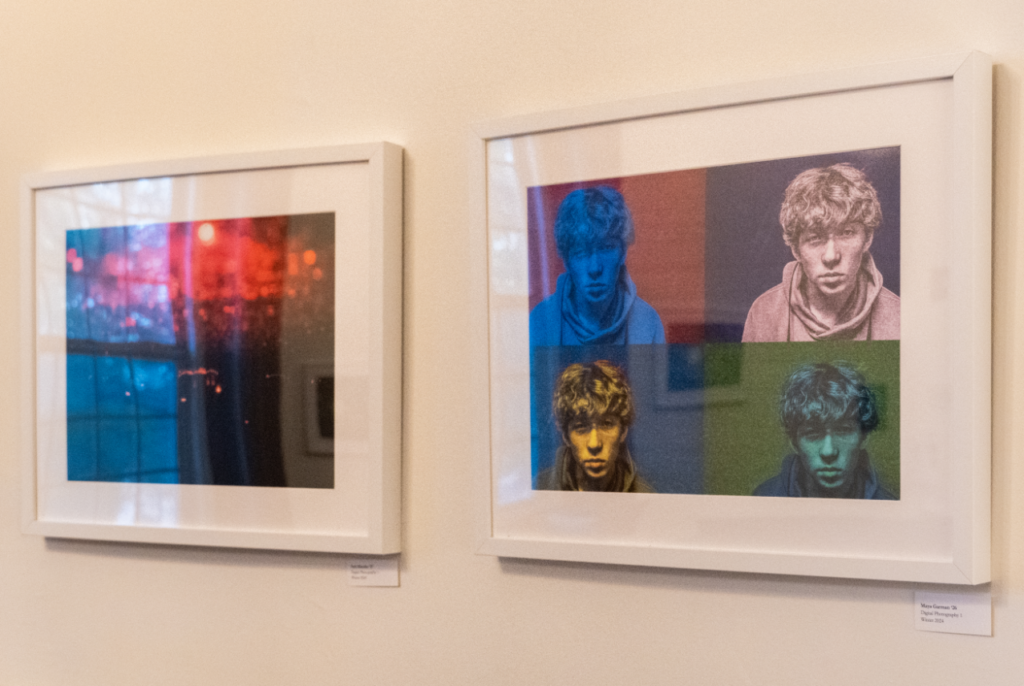Choate has a sprawling campus that occupies around 458 acres of land, all of which is home to hundreds of classrooms, studios, study rooms, and more. Yet, there seems to be much of campus that many students, even seniors, have yet to see.
One of these more mysterious rooms is the dark room, a photo-development studio that is located in the basement of the Humanities building. Used by photographers and filmmakers, dark rooms are the place where camera film is developed and where a photo truly comes to life. The process involves putting film into a solution and then projecting high-focus light onto the negative to produce a ‘positive’ image on a piece of paper. Typically, the process takes an hour for a single color photo, one reason that dark rooms have decreased in popularity with the advent of digital photography. However, students in photography classes, taught by Mr. Robert Mellon, still use the room to develop rolls of film, to learn what photography as a serious art is about.
Priam Alateris ’22 takes the class and says they fully utilize the dark room: “When we are in the dark room, we take large magnifiers and project a negative image onto a piece of paper that is a positive of it. After, we use chemicals to process the photos and make sure that they come into print, focus, and color correctly.”
Mr. Mellon’s Photography I class is currently the only class that uses the room, which begs the question: Is it an undervalued or an outdated resource for students? To this question, Mr. Mellon responded, “There is an art of photography that exists with film photography. I believe that a photograph printed through traditional, silver-based, wet-process dark room photography, reflects light differently than an inkjet-made photograph.”
Darkroom-based photography originated in the 18th century. Although this renders the artform dated, could the history behind the process make it that much more important to cherish? Today, oil painting plays a pivotal role in visual arts, yet it existed much before the invention of the dark room. However, with the growing importance of the internet, dark rooms have been replaced with easier, more accessible techniques. This has not yet happened with other forms of applied art.
The diminishing interest in film development is clear on campus. Every student in Photography I is a freshman — individuals might take the class simply to fill an arts requirement. For 15 years, between 19tk and 19tk, Mr. Mellon taught three sections of the course every term. “There have been people who have spent a lot of time in the darkroom and really taken it to the next level,” Mr. Mellon said. He and many others in Choate’s art community hope that individuals will once again find more meaning in physical objects and hands on art than in art made behind a screen.




